-
Celtic Five Fold Carved Viking Shield, 24" Celtic Five Fold Carved Viking Shield, 24"
Celtic Five Fold Carved Viking Shield, 24"
Sale price $230.00 Regular price $307.00 -
Carved Mjolnir Hammer of Thor Viking Shield, 24" Carved Mjolnir Hammer of Thor Viking Shield, 24"
Carved Mjolnir Hammer of Thor Viking Shield, 24"
Sale price $270.00 Regular price $360.00 -
Handmade Viking Shield with Carved Jellinge Norse Drake Ornaments, 24" Handmade Viking Shield with Carved Jellinge Norse Drake Ornaments, 24"
Handmade Viking Shield with Carved Jellinge Norse Drake Ornaments, 24"
Sale price $230.00 Regular price $307.00 -
Handcarved Birch Viking Shield with Nordic Vegvisir Symbol, 24" Handcarved Birch Viking Shield with Nordic Vegvisir Symbol, 24"
Handcarved Birch Viking Shield with Nordic Vegvisir Symbol, 24"
Sale price $230.00 Regular price $307.00 -
Helm of Awe Carved Viking Shield Helm of Awe Carved Viking Shield
Helm of Awe Carved Viking Shield
Sale price $220.00 Regular price $294.00 -
Berserker Bear Totem Oaken Carved Viking Shield, 24" Berserker Bear Totem Oaken Carved Viking Shield, 24"
Berserker Bear Totem Oaken Carved Viking Shield, 24"
Sale price $330.00 Regular price $440.00 -
Handcarved Dark Stained Drake Knotwork Viking Shield, 24" Handcarved Dark Stained Drake Knotwork Viking Shield, 24"
Handcarved Dark Stained Drake Knotwork Viking Shield, 24"
Sale price $230.00 Regular price $307.00 -
Authentic Handcarved Urnes Drake Knotwork Viking Shield, 24" Authentic Handcarved Urnes Drake Knotwork Viking Shield, 24"
Authentic Handcarved Urnes Drake Knotwork Viking Shield, 24"
Sale price $230.00 Regular price $307.00 -
Hugin and Munin Raven Carved Symbols Viking Shield, 24 inches Hugin and Munin Raven Carved Symbols Viking Shield, 24 inches
Hugin and Munin Raven Carved Symbols Viking Shield, 24 inches
Sale price $220.00 Regular price $294.00 -
Carved Jelling Beast Viking Shield, 24" Carved Jelling Beast Viking Shield, 24"
Carved Jelling Beast Viking Shield, 24"
Sale price $220.00 Regular price $294.00 -
Handcarved Blue And Red Style Rune Viking shield, 24" Handcarved Blue And Red Style Rune Viking shield, 24"
Handcarved Blue And Red Style Rune Viking shield, 24"
Sale price $230.00 Regular price $307.00 -
Jörmungandr Midgard Serpent Smooth Viking Shield, 24" Jörmungandr Midgard Serpent Smooth Viking Shield, 24"
Jörmungandr Midgard Serpent Smooth Viking Shield, 24"
Sale price $250.00 Regular price $334.00 -
Gokstad Yellow and Black Smooth Viking Shield, 24" Gokstad Yellow and Black Smooth Viking Shield, 24"
Gokstad Yellow and Black Smooth Viking Shield, 24"
Sale price $160.00 Regular price $214.00 -
Jedi Order Battle-Scarred Star Wars Smooth Viking Shield, 22" Jedi Order Battle-Scarred Star Wars Smooth Viking Shield, 22"
Jedi Order Battle-Scarred Star Wars Smooth Viking Shield, 22"
Sale price $150.00 Regular price $200.00 -
Battle Bloodied Black and White Plank Viking Shield, 24" Battle Bloodied Black and White Plank Viking Shield, 24"
Battle Bloodied Black and White Plank Viking Shield, 24"
Sale price $160.00 Regular price $214.00 -
Bjorn Ironside Wood Plank Viking Shield, 24" Bjorn Ironside Wood Plank Viking Shield, 24"
Bjorn Ironside Wood Plank Viking Shield, 24"
Sale price $160.00 Regular price $214.00 -
Fenrir Viking Shield with Handcarved Wolf Head, 24" Fenrir Viking Shield with Handcarved Wolf Head, 24"
Fenrir Viking Shield with Handcarved Wolf Head, 24"
Sale price $330.00 Regular price $440.00 -
Black Medieval Plank Viking Shield, 24 Black Medieval Plank Viking Shield, 24
Black Medieval Plank Viking Shield, 24
Sale price $160.00 Regular price $214.00 -
Double-Headed Eagle Smooth Medieval Shield, 24" Double-Headed Eagle Smooth Medieval Shield, 24"
Double-Headed Eagle Smooth Medieval Shield, 24"
Sale price $170.00 Regular price $227.00 -
Black and Yellow Plank Viking Shield with Steel Braces, 24" Black and Yellow Plank Viking Shield with Steel Braces, 24"
Black and Yellow Plank Viking Shield with Steel Braces, 24"
Sale price $160.00 Regular price $214.00 -
Fenrir Black and White Smooth Viking Shield, 24" Fenrir Black and White Smooth Viking Shield, 24"
Fenrir Black and White Smooth Viking Shield, 24"
Sale price $160.00 Regular price $214.00 -
Dark Souls Sun Plank Viking Shield, 24" Dark Souls Sun Plank Viking Shield, 24"
Dark Souls Sun Plank Viking Shield, 24"
Sale price $180.00 Regular price $240.00 -
Full Black Medieval Knight Smooth Shield, 24" -
Black Smooth Viking Shield With Runes, 24" Black Smooth Viking Shield With Runes, 24"
Black Smooth Viking Shield With Runes, 24"
Sale price $160.00 Regular price $214.00
Learn about : Viking Shields
Viking Shields: Culture and Art Historical Aspects of a Norse Society
However, Viking shields are more than just Wooden and metal, they tell a story of culture, resilience, and creativity of the Norse people. They are the embodiment of strength, valor and self-worth that were the three faces of a Warrior level society. As for history, its main approach is to reveal the daily life of an ordinary man through exhaustive studies focused on concrete things. Consequently, come with me into the compelling narrative of Viking shields where I look at how they were made, how they were used and what they meant in the life of the Norse people.

The Shape and Design of Viking Shields
In addition to performing their combat protective functions, Viking shields served as canvases for the individual soldier’s self-expression and creativity. A shield was the one intrigue that spelled adventure and prestige for its owner through the pictures that surrounded it.
Wood: Craftsmanship in colonial America used oak and pine as the main materials for the shield. The artisans chose these and other readily available woods in order to enhance the wood's strength and its accessibility. Contribution of oak was the bulk, while contribution from pine, which is lighter, was mobility.
Metal: As it would be surprising not to mention, many shields attached those features made of metal materials like a central boss as well. Just like a lock, this knob protects the warrior’s hand, also adding balance to the shield. Further, the boss was also used to give blows in close quarters protecting the warrior from being attacked.
Leather: Some sources claim that artisans also wrapped shields in leather which made them productive as well as ornamental. This principle gave some new features not without aesthetic value, offering protection for the original cover. Some uniqueness was brought into their design by coloring and stamping the leather as well with the purpose of making the shields more glassy.
Shield Shape and Size
Majority of the Vikings’ shields were circular in shape and had a diameter ranging between 28 and 36 inches. The members had the simplicity of use where during battles arcs served to counter incoming blows. Circularity made it possible for impacts to be distributed evenly thereby preventing the shield from chances of splintering up.
What is more, the circular shape even made it possible to employ the shield in defense as well as aggression. In these fights, the ultimate strategy was to spin the shield in an attack mode at any point for defense, with the warrior still striking.
The Artifice Ensuring the Durability of Viking Shields
The crafting of Norse shields was delicate and required great skill and knowledge of the material. The shield’s design and construction would enhance its performance in a combat.
Method of construction
Selection of wood: Craftsmen selected strength woods and most often cured them first to avoid distortion. The wood was then cut into manageable planks. Their punctuality and workmanship and facing assured the shields withstood the barrenness of war.
Layering: On top of those, there were also some shields that used a technique called baffling whereby several pieces of wood were glued together. This method helped a lot because the shields could receive force and dissipate it in a better manner because of its elasticity. Baffling is also known to make the shields much lighter and yet make them strong.
Painting and Decoration: As soon as the shields were molded, Antonio’s artisans painted the shields with bright and interesting patterns. These mostly consisted of images of gods and monsters, heraldic achievements, and other inventions that served both decorative and cult functional purposes. In such a manner, the pictures however served another purpose as they decorated the warrior’s his courage and inspiration.
Effects: Shield Maintenance
Regular Care: There are shields which were used for some time and then pecking and further usage. So, the wood was protected from the sun by applying oil on it. and other manual operations to avoid fissures. Repairs were discrete to minimize any damage which ensured that the shield could be used for a long.
Repairs: Where the shield was made with many potions, wood or paint was cut off and new pieces added or more paint added were needed. It was commendable how much emphasis Viking warriors put toward maintaining their equipment since they acknowledged its role during combat.
Shields In Viking Combat Are Unassailable
In the battles during the Viking Age, shields became very crucial protective and offensive weapons for the warriors and engaged in the whole axe combat. The warriors largely considered the shields as not just means of defense rather parts of strategy in warfare.
Combat Defense
Formation Tactics: Vikings had a formidable strategy of fighting in formations called shield walls. This is…. In this arrangement, bearing and setting oneself shoulder to shoulder and interlocking shields formed the shield wall. This method ensured that the enemies were unable to penetrate through and attack since they could move forward as one whole group against the line of foul warriors. Further, the shield wall was effective during the harrying of towns or larger more important engagements not just as a means of protection but as a device for counter attacks.
Psychological Consequence: Adversaries were awed at the formation of a tight shield wall. Furthermore, such a visual representation of vigorous teamwork and bravery daunted even the most audacious foes and even made them timid or bewildered within their borders. Such psychological factor worked hand-in-hand with the physical barrier that the shields provided.
Final Remarks
Viking shields go beyond simple fighting implements; they are a cultural heritage. Their designs and decorative art tell Norse society, its norms and morals. Such shields do not only indicate a state of war from a warrior’s perspective but also their warm relations with the people surrounding them.
Extras
Do you want to Purchase a Viking shield online? We take pride in presenting three types of shields to Our Customers: Carved, Plank and Smooth. All the subcategories have different patterns and artistic execution; Viking traditions are honored. Look also for our collection of Viking crafts such, jewelry and tools or other household items, all made by hand and each with a story.
Visit Store : Collectible Gift Items
Visit Our Germany Store ; Collectible Gift Items
Shard of each shield or an artifact takes you back into the history and art of the vikingurement making you appreciate the exceptional warriors. Revel in the glory of the Norse and take in the mists of time and get yourself a piece of history.

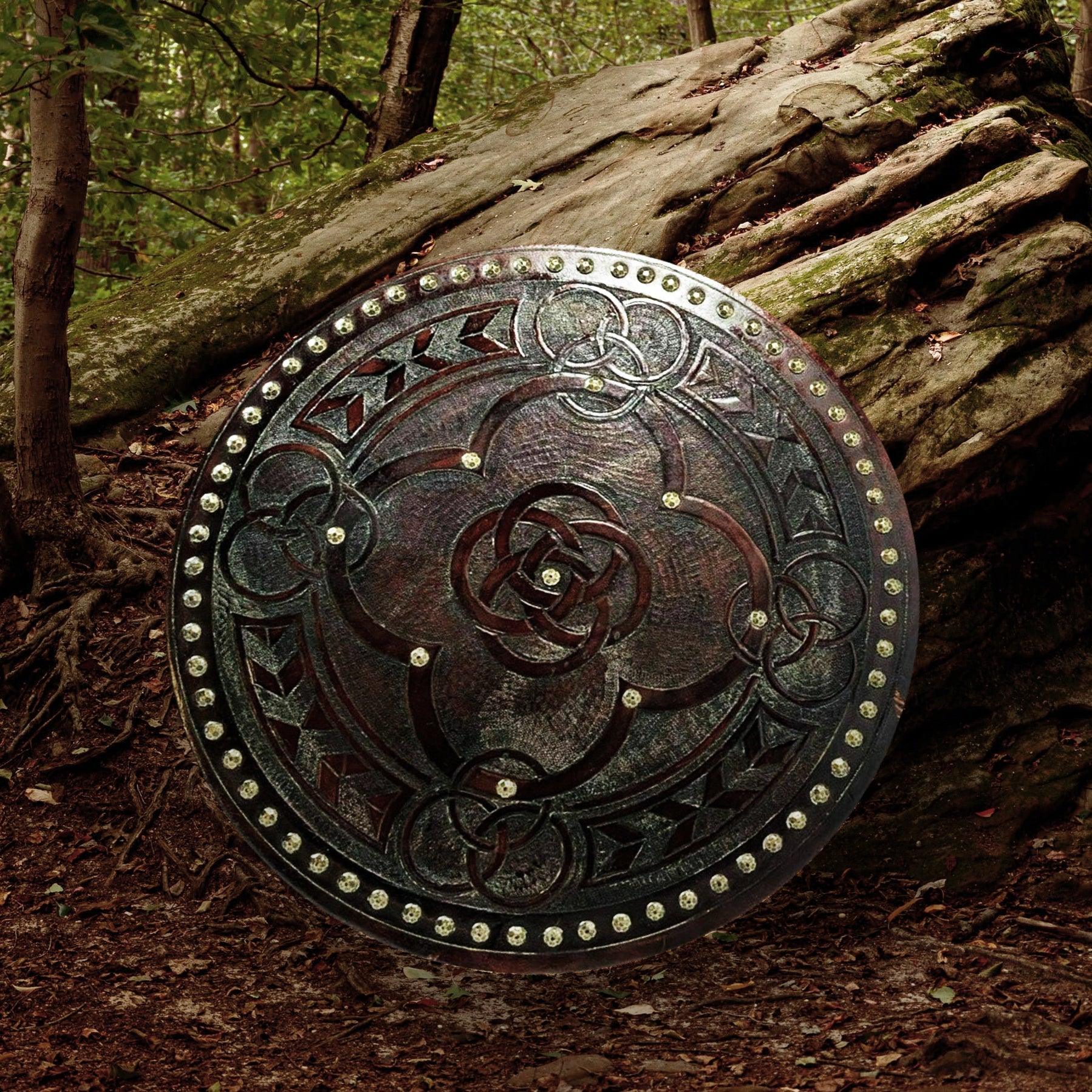

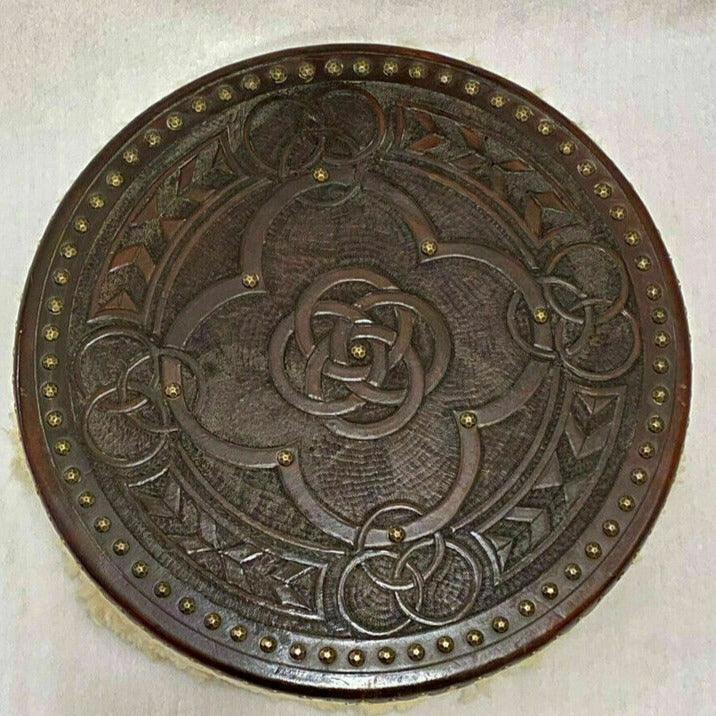




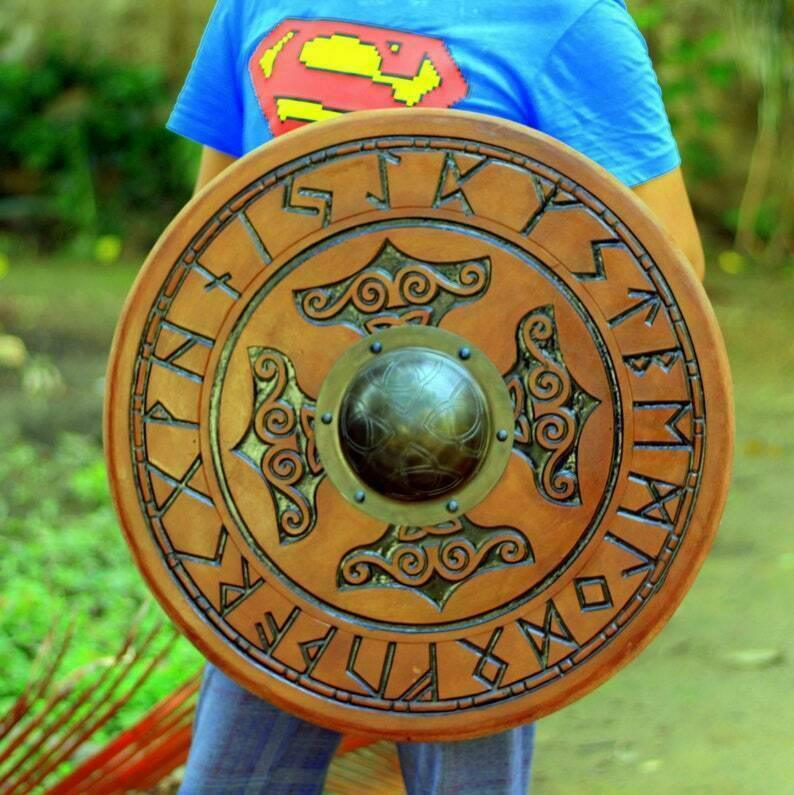





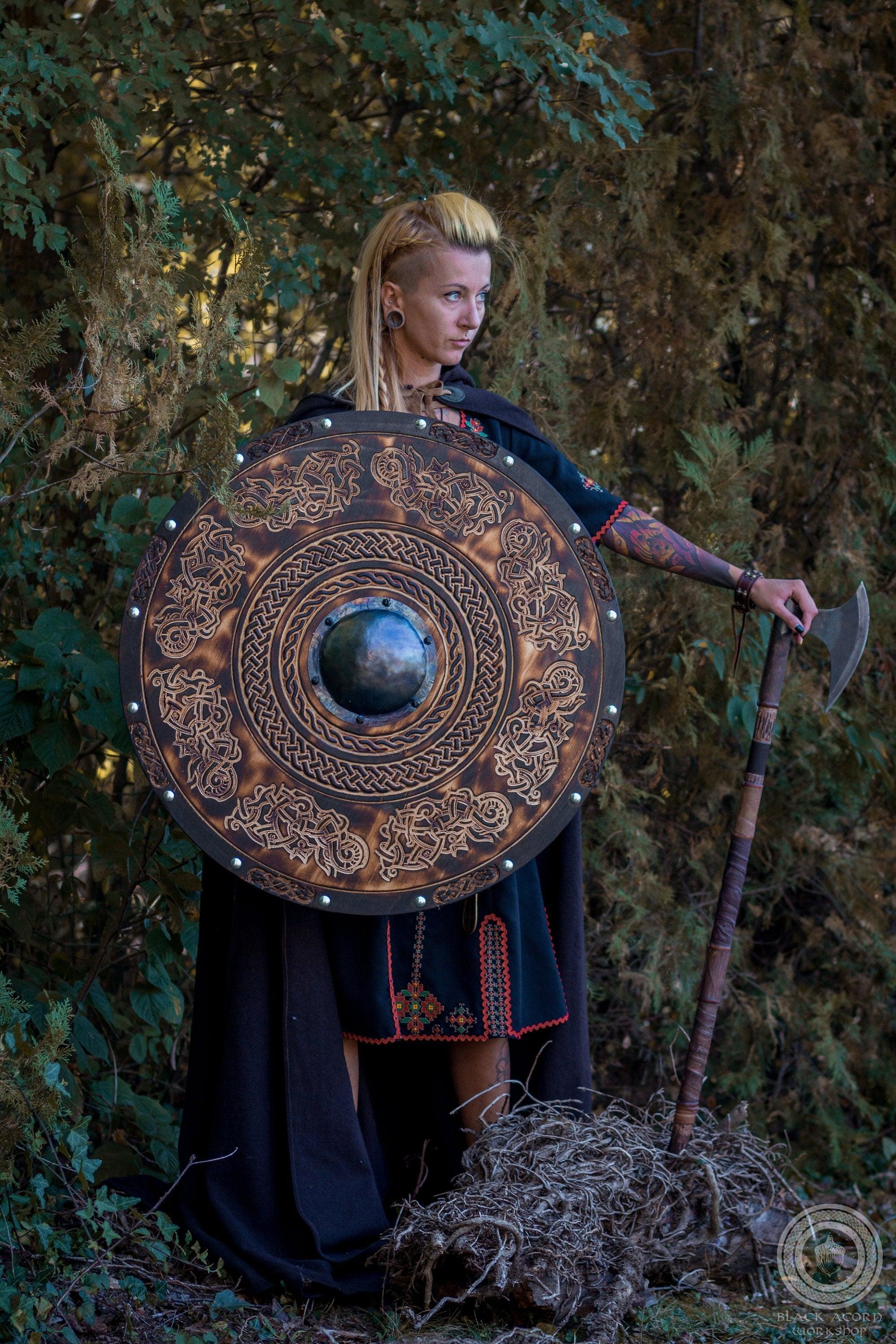



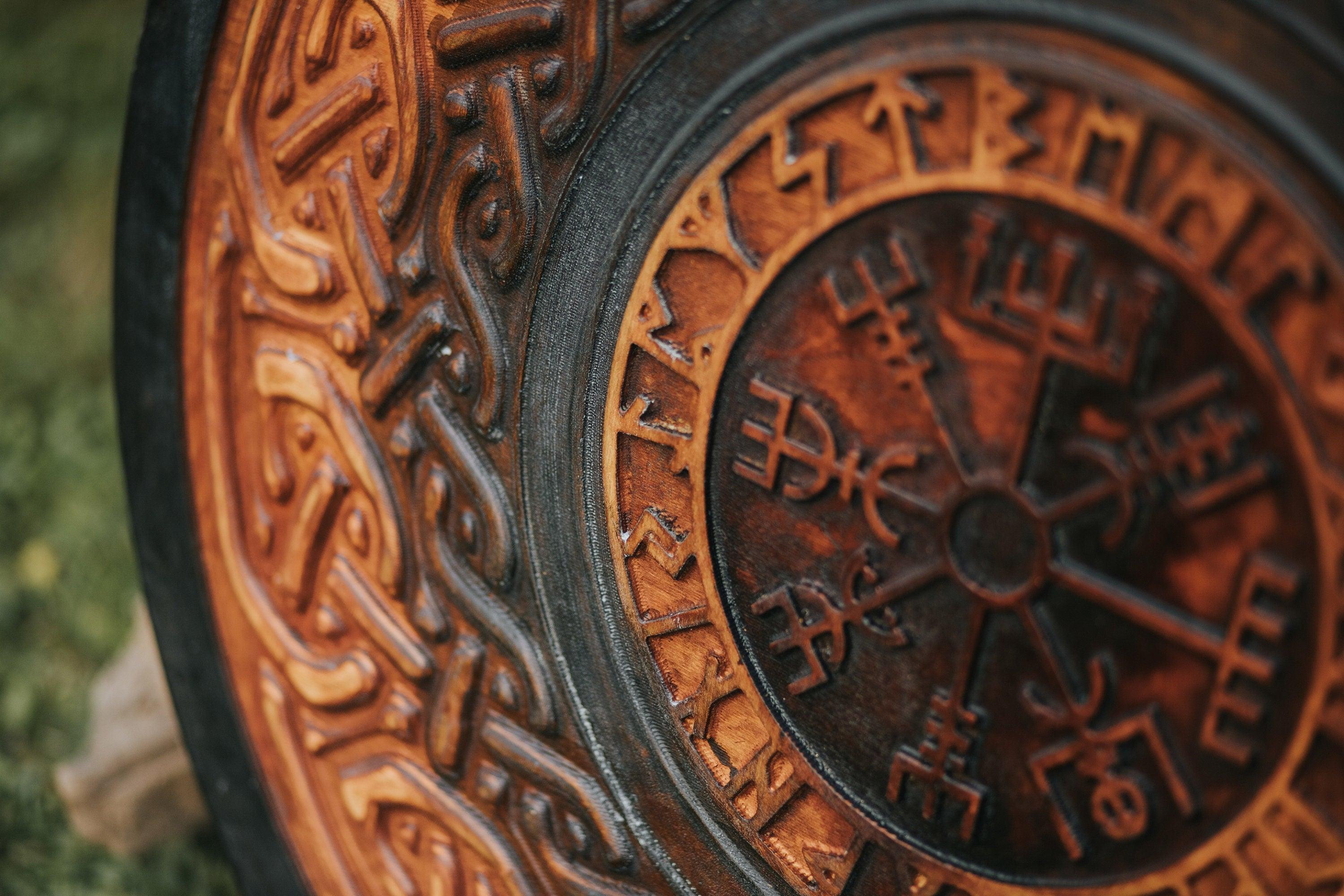









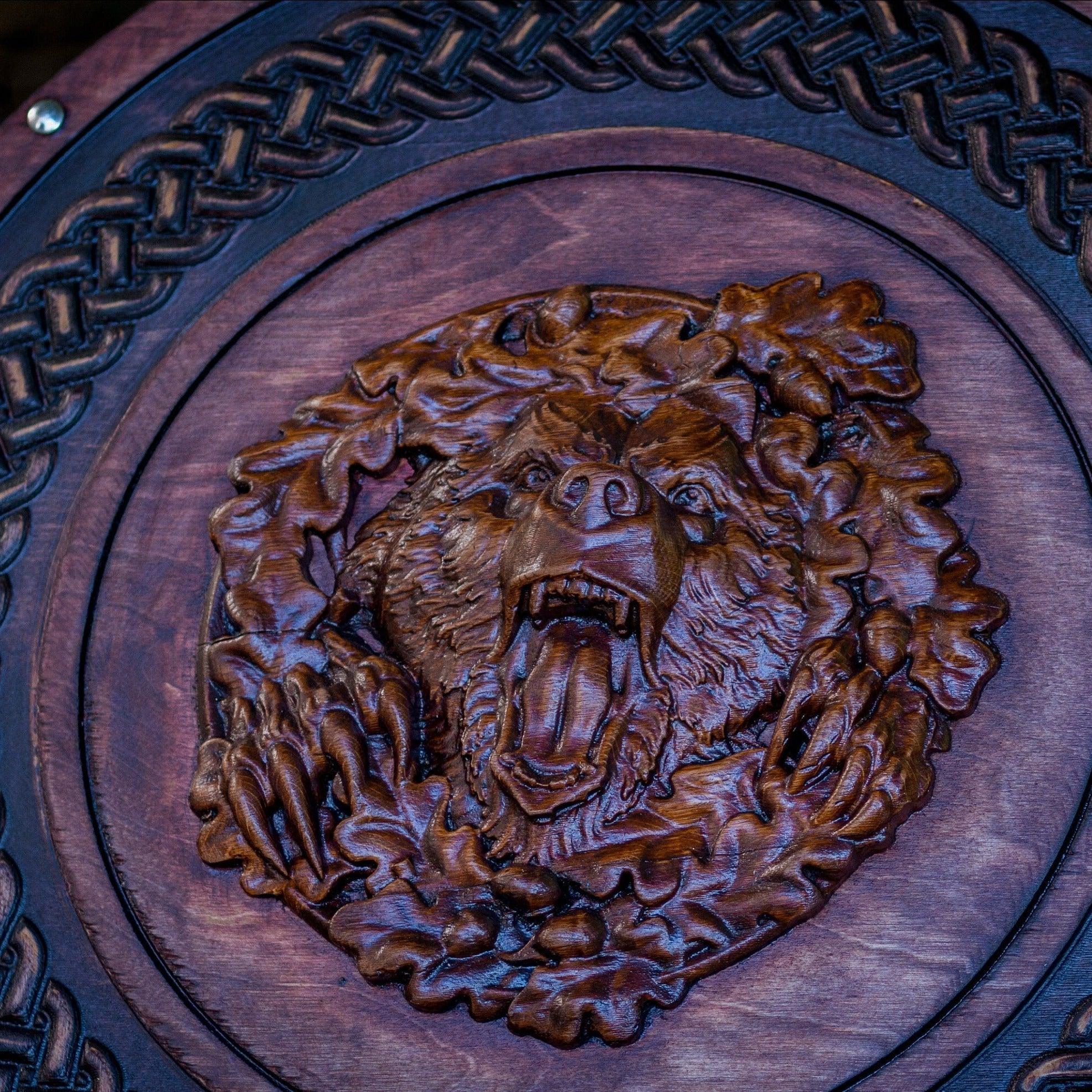





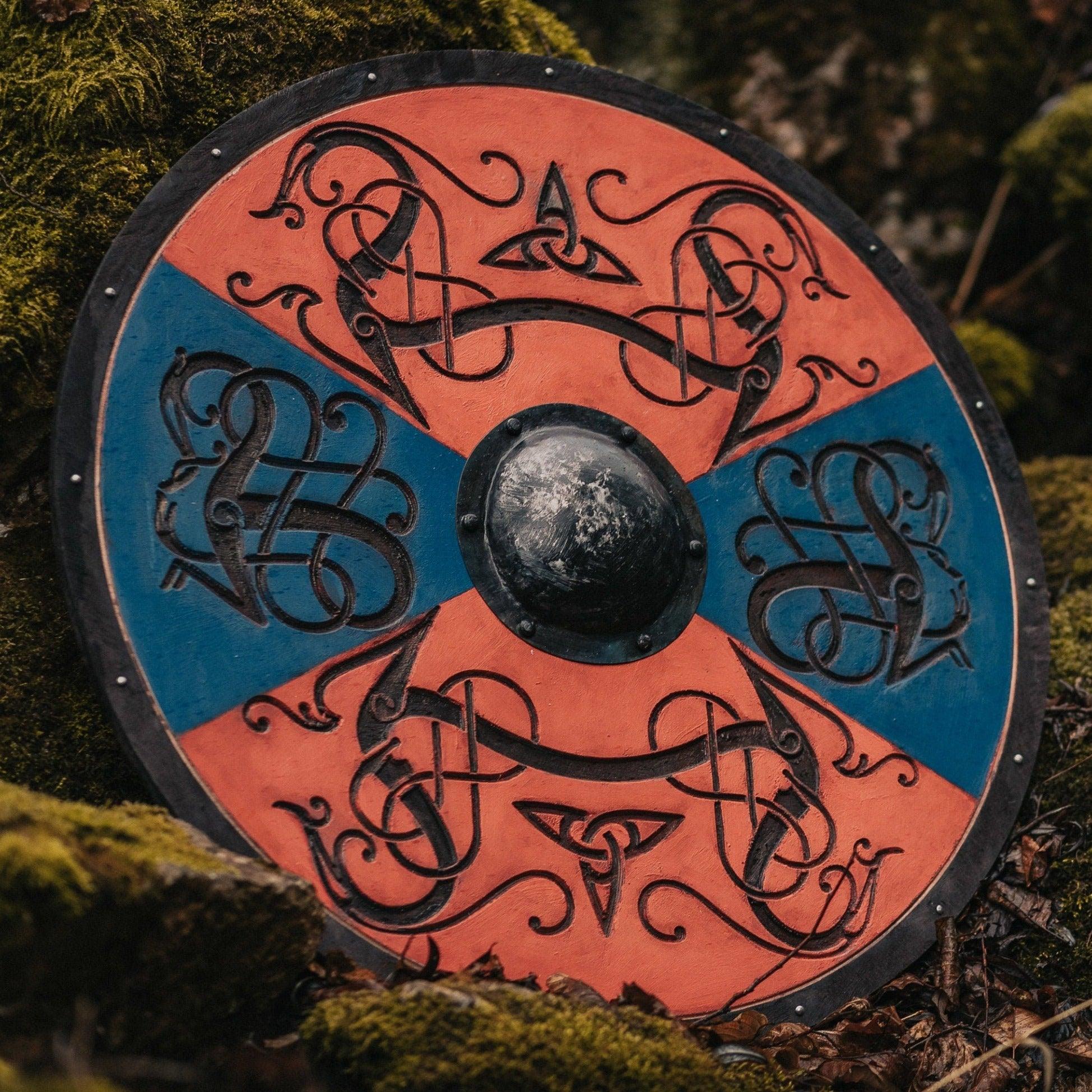













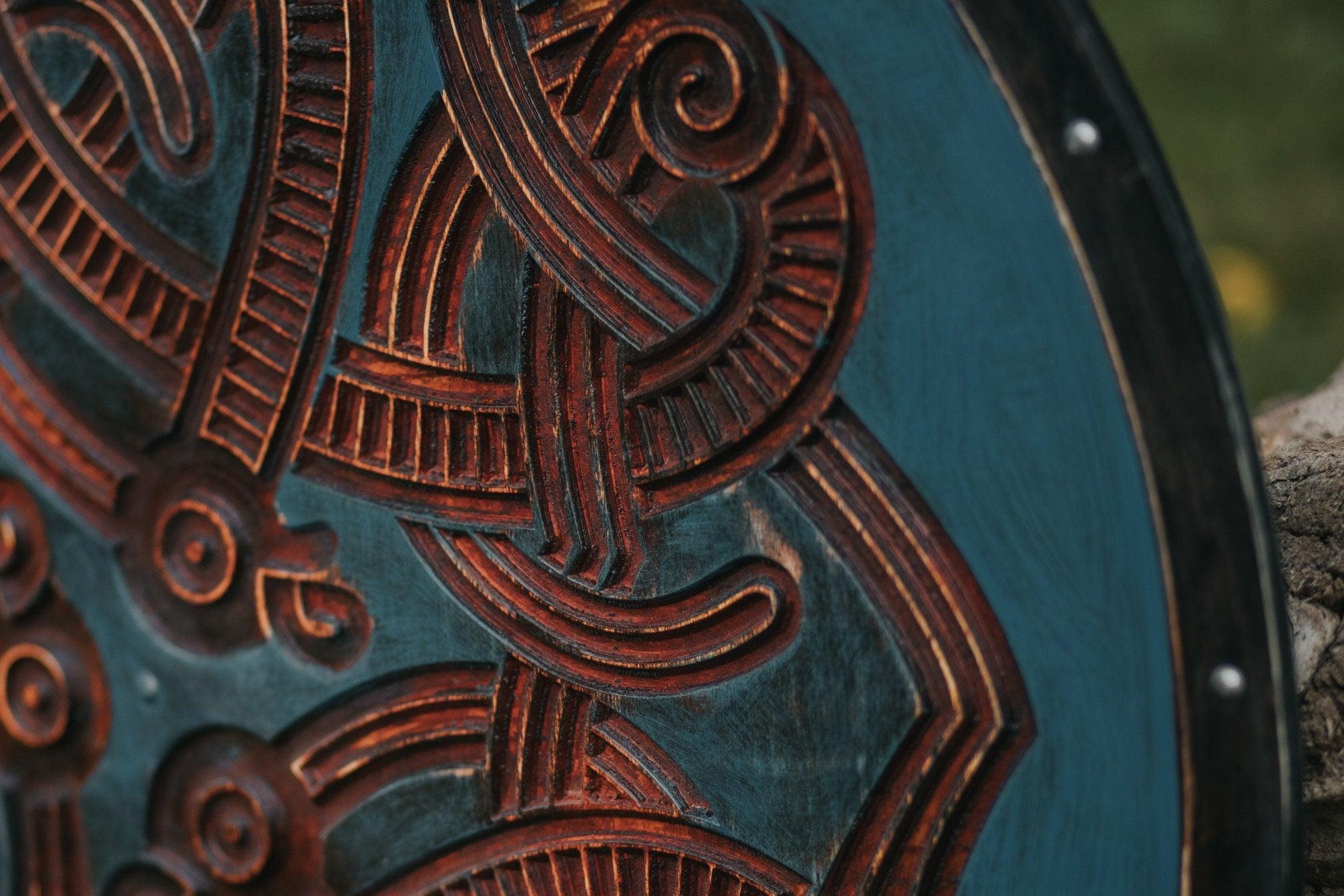







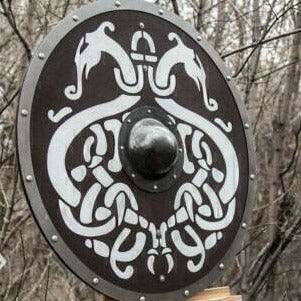






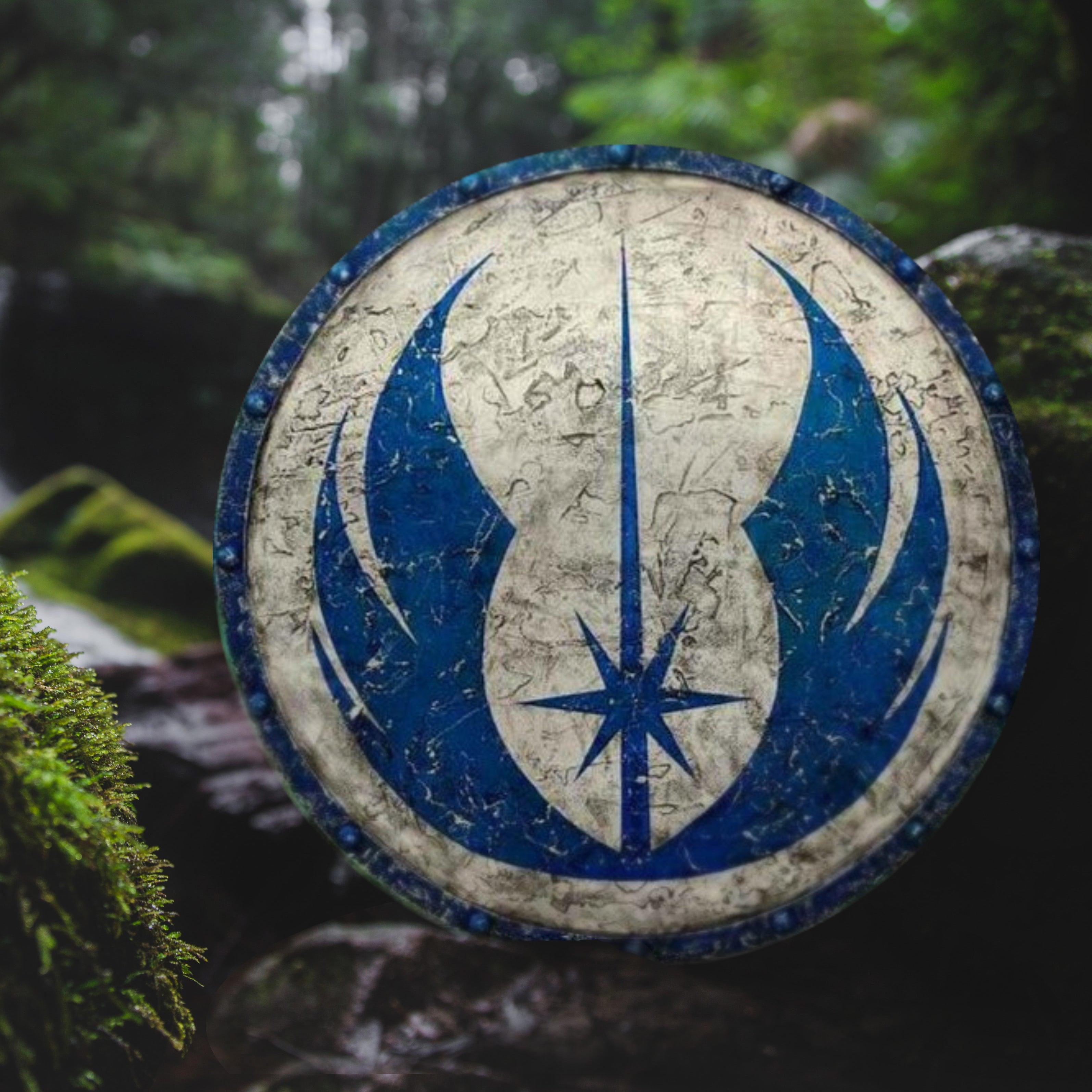

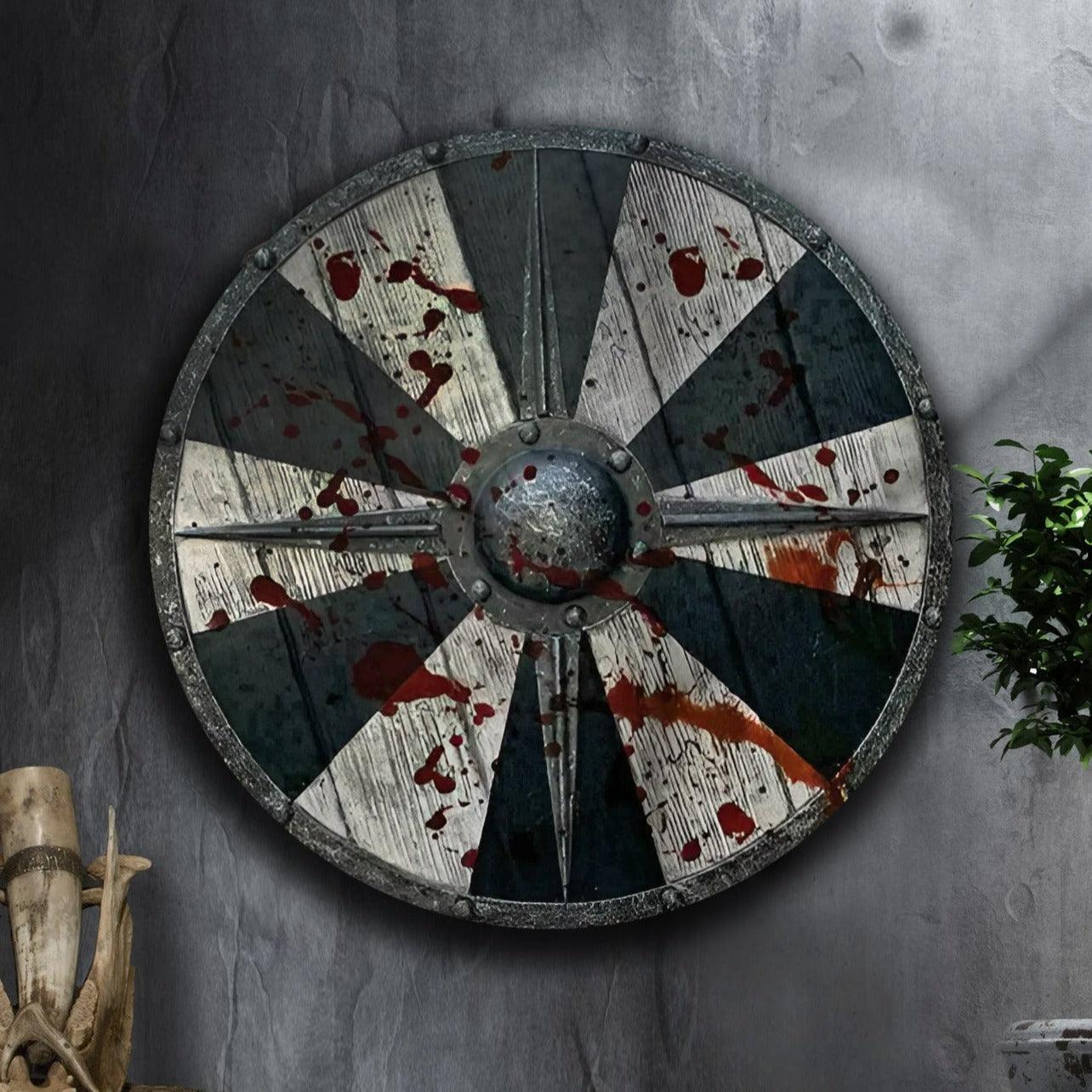




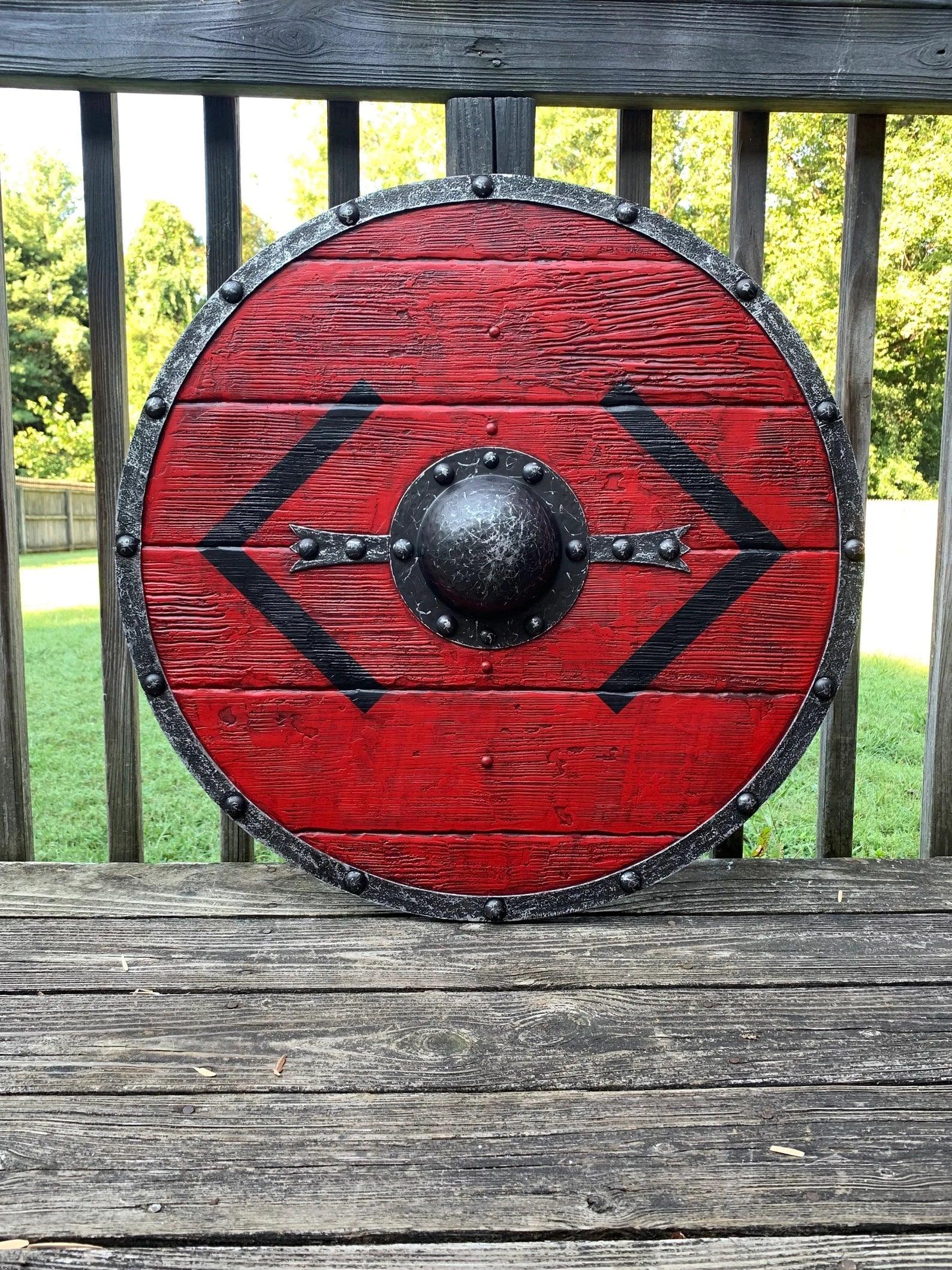















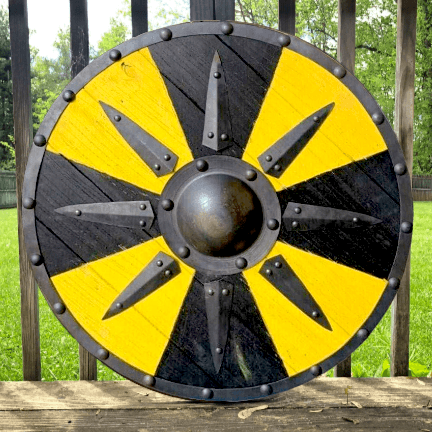
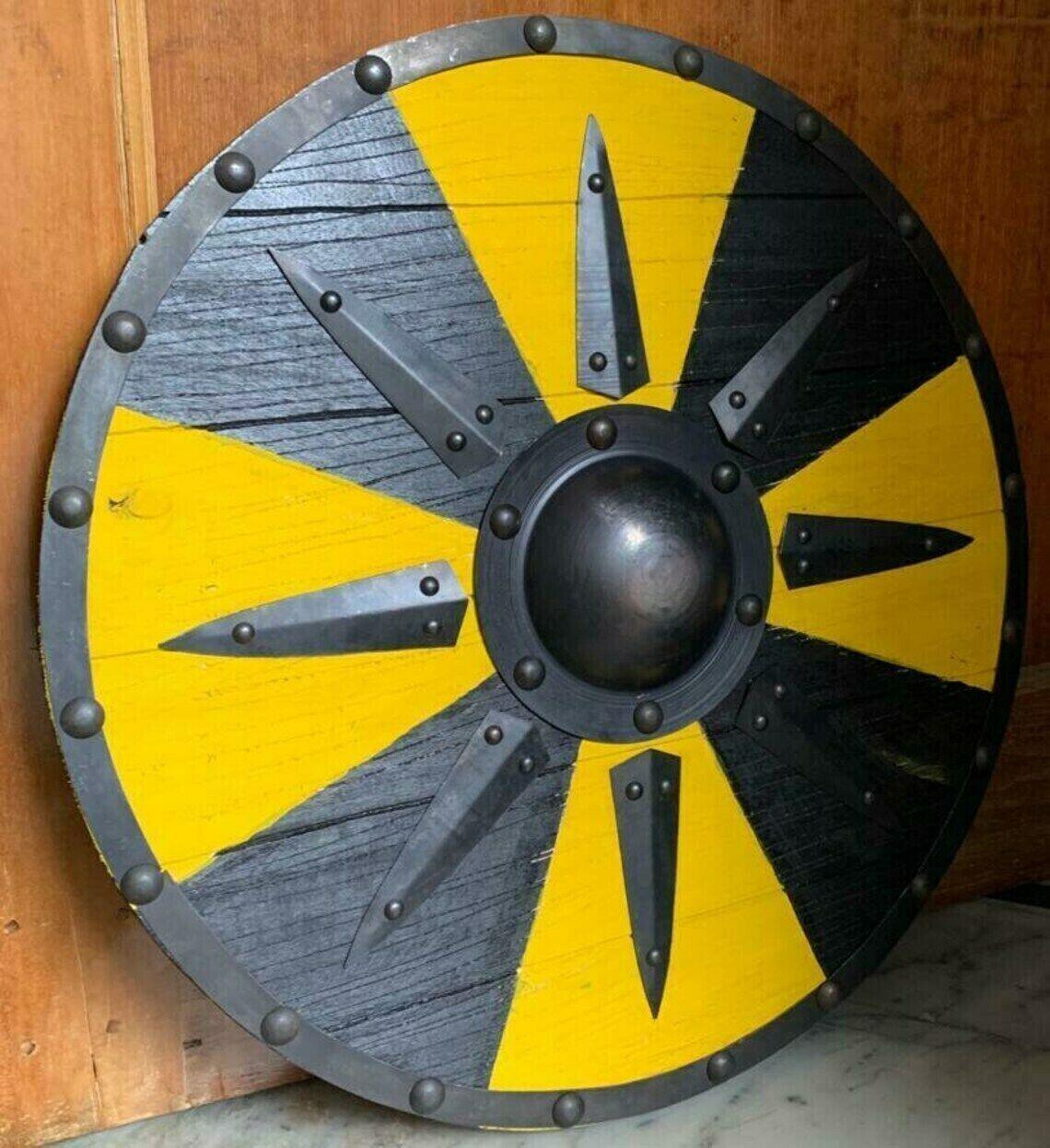
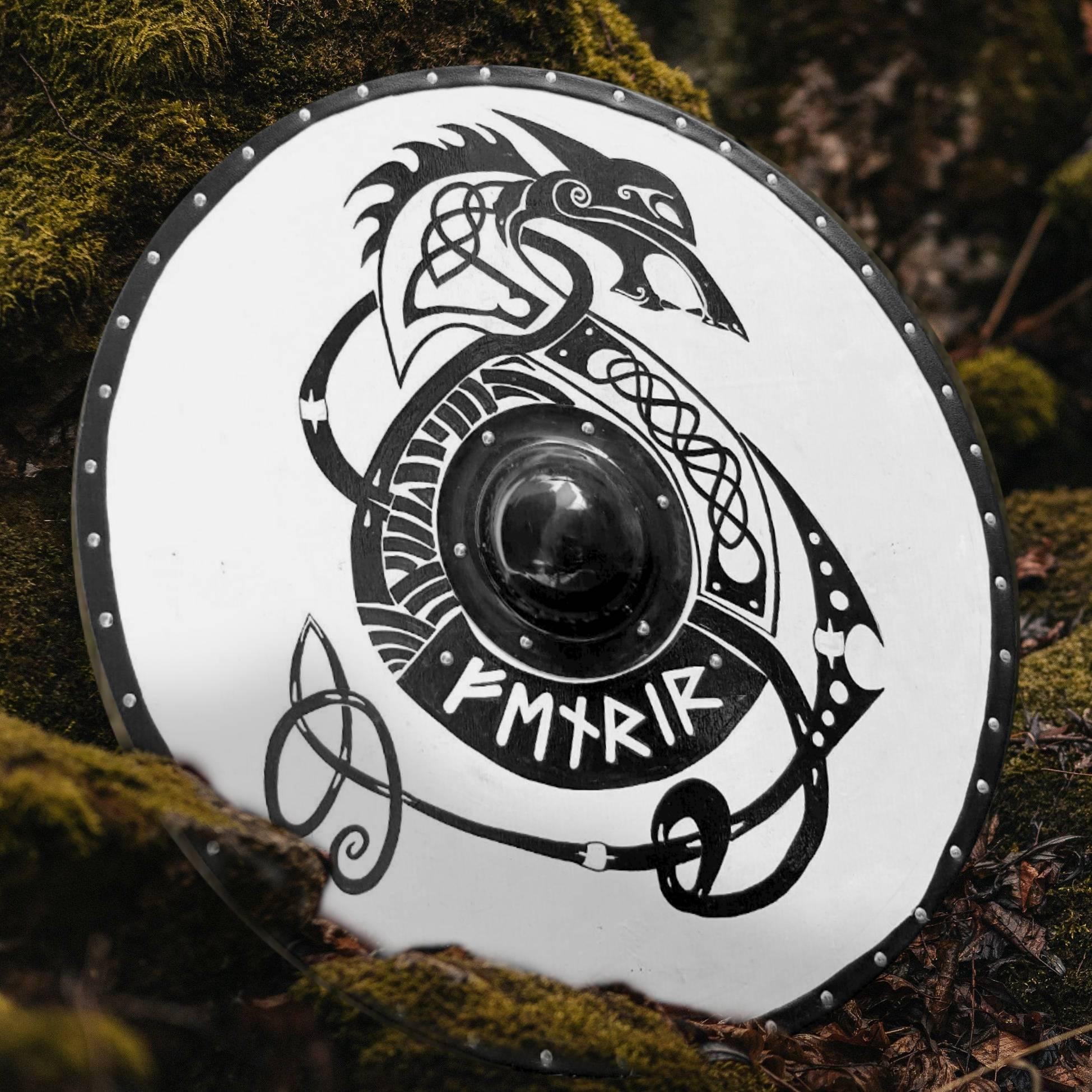
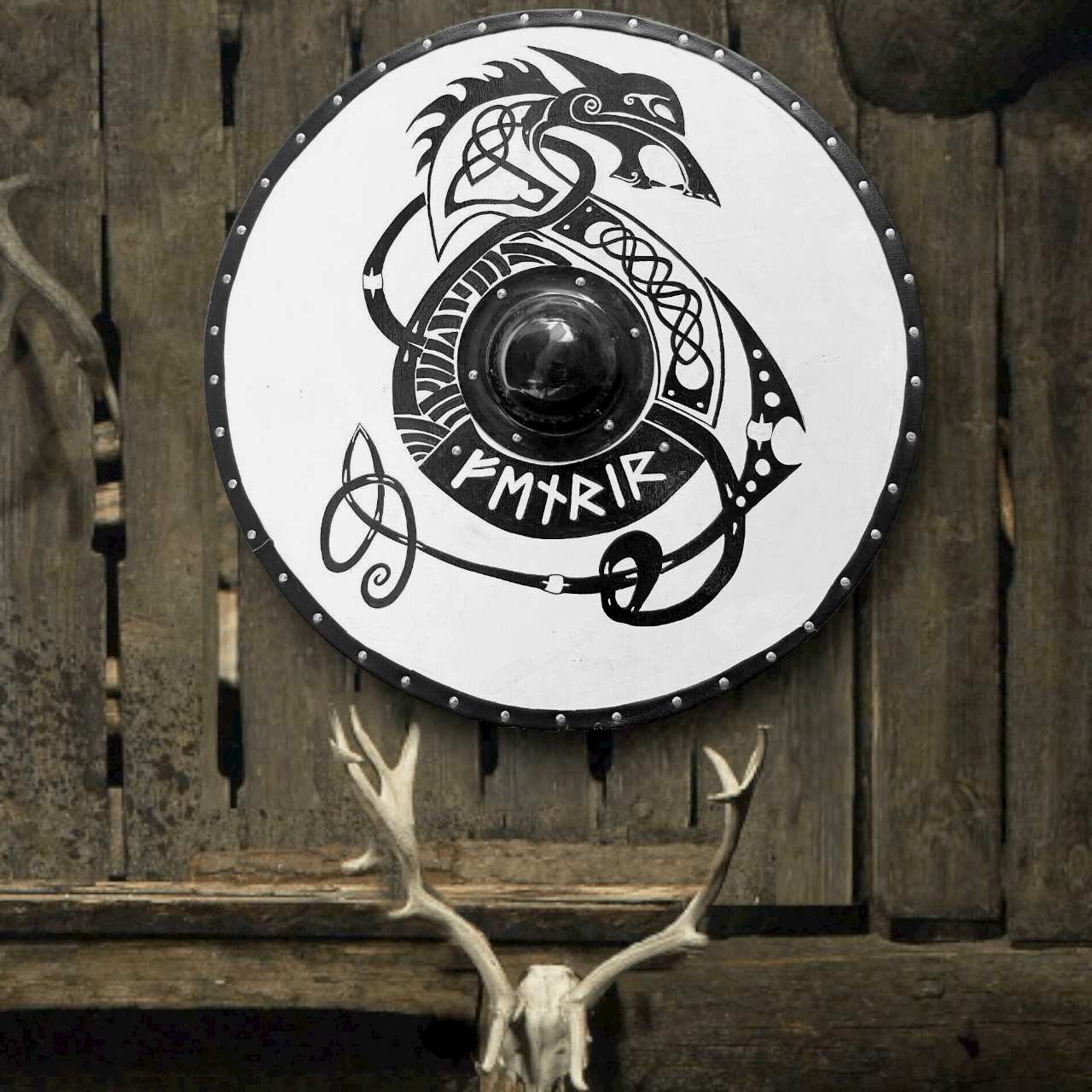


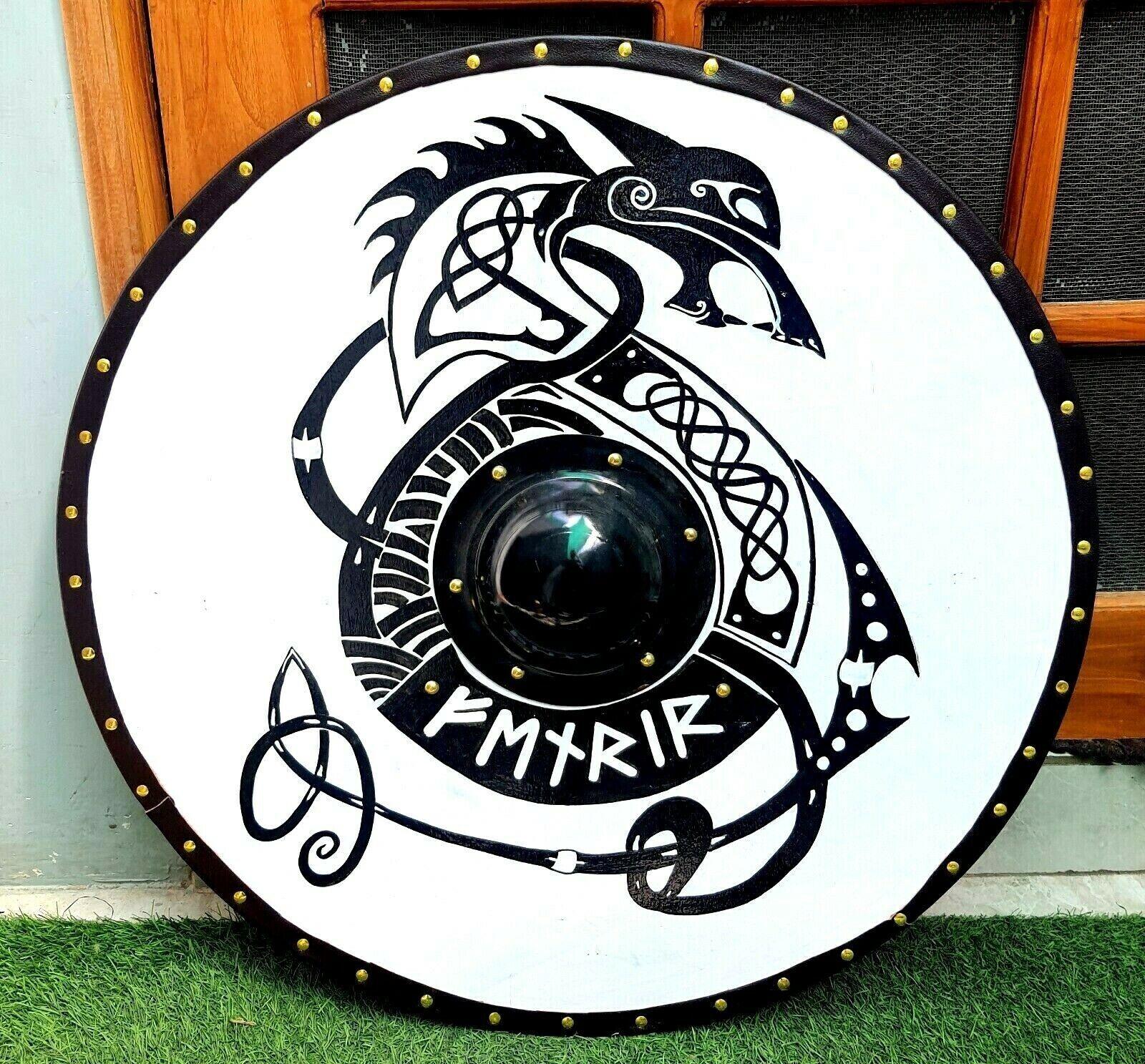



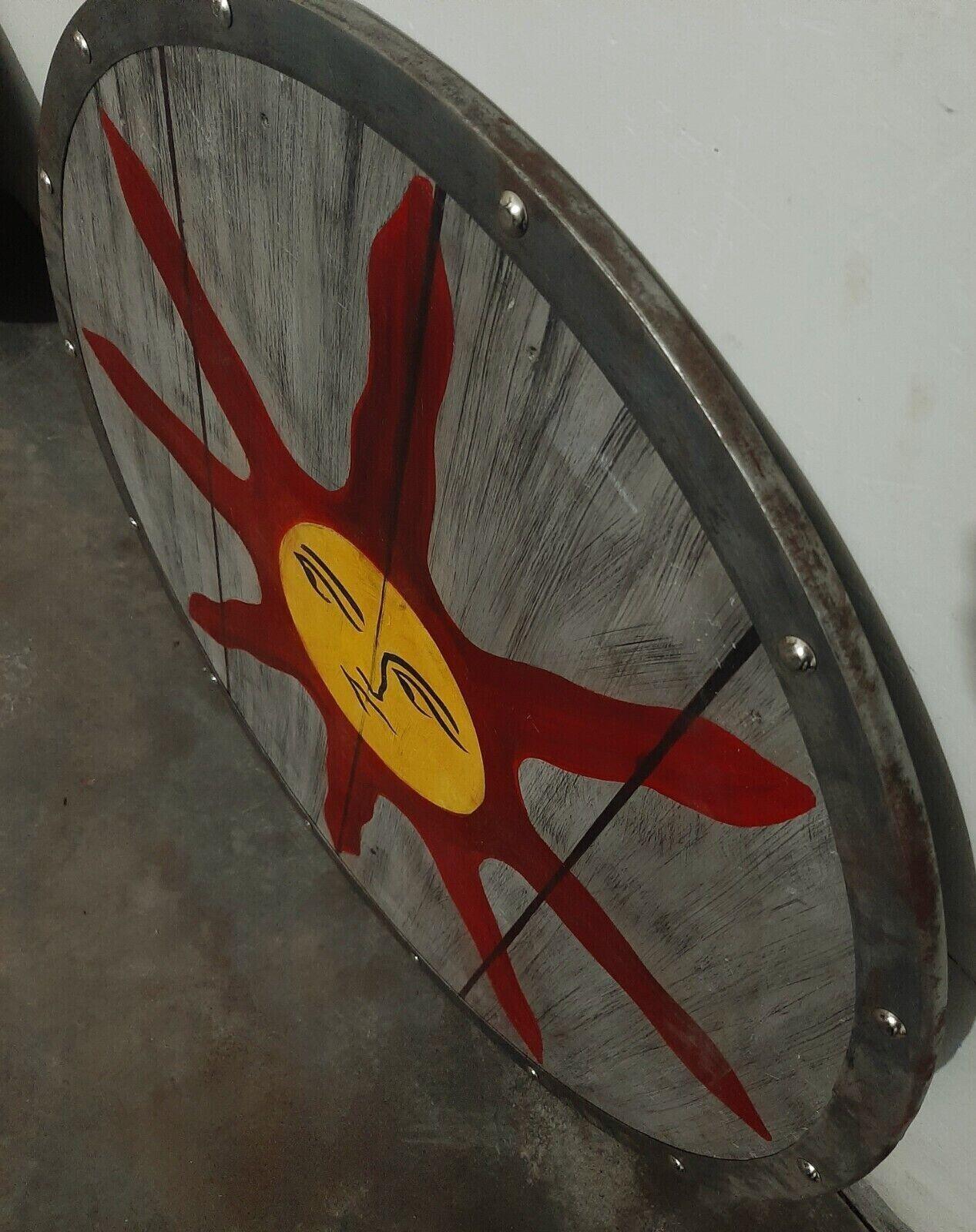








 Company Info
Company Info